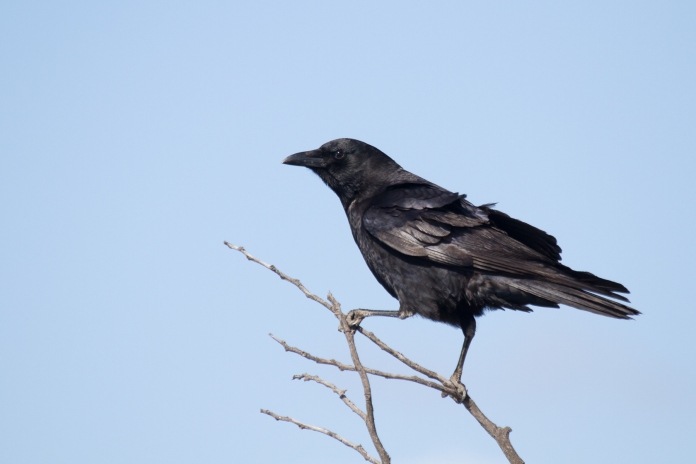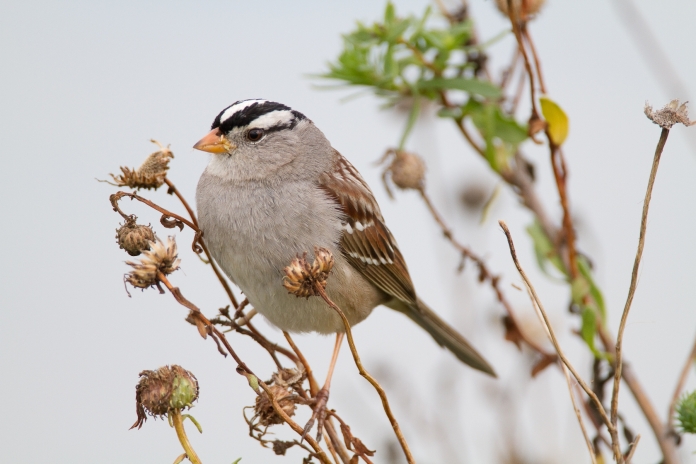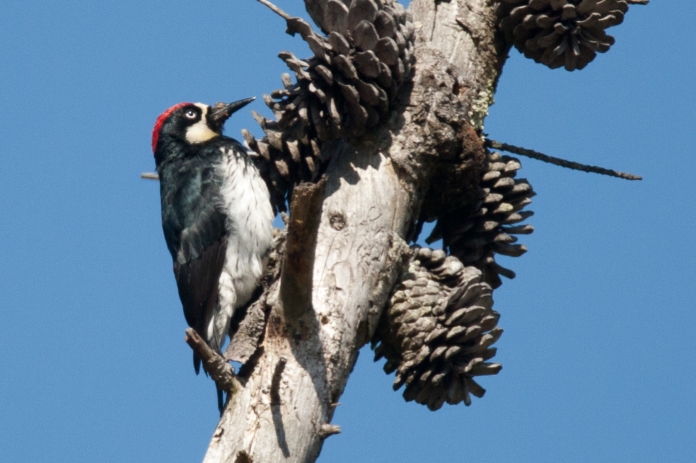(Excerpts from my book The Best for Last)
Early November
The resident hawk
Repeats its urgent calls.
Where is the rain?
The temperature is above eighty.
Night falls with red skies
Color caught by the high cirrus clouds
Too thin for rain.
With darkness comes
The cricket stridulations,
The final notes of the fading season
After midnight I step out on my porch,
Looking high to the south.
Orion waits, trailed by Sirius,
The hunter’s faithful dog.
Venus will soon separate itself from the rising sun
And before month’s end will shine alone
In the eastern sky.
Once I’d imagined spending my final years
In the town where I was born
In a tiny house of my own design
One room only
With alcoves for bathing, sleeping, fixing tea
A steep roof with a skylight or two
A generous porch under a sheltering eave
High in the Berkeley Hills,
But instead, my final years
Will be spent in Santa Barbara
in a spacious apartment
One of many apartments
For elders like myself,
Close to family,
a hedge against loneliness.
The geographer in me
Wants to tell you
That Santa Barbara is located
At the southern end of central California.
Maybe 50 miles below Pt Conception
Where the coast bends inland
Thanks to the San Andreas Fault
Flexing its muscles.
So now the coastal mountains run
From east to west,
and most confusing of all
You look south if you want to see the ocean.
For me, the ocean has always been to the west,
And the direction of the setting sun
Where if you sail far enough
You’ll bump into China.
The high Santa Ynez Mountains to the North
shield the town from certain cold draughts.
But in downpours, the mountains
Shed all manner of debris
From silt to sandstone boulders
As big as cars.
Now as an amateur geologist,
I’ll tell you that this knoll
I call home, is surrounded
By flatter land referred to
As an alluvial fan,
Crossed by creeks that
Only show up when it rains.
Locals brag about the mild climate
Forgetting about those vehement moments
Of gale-force winds
Called sundowners.
Or what about the microbursts
Which have been known to knock a plane
Out of the sky?
And there’s nothing mild about my landscape.
Never still — it twists, heaves and cracks.
Worse, it is said that all the commotion
Is bringing Los Angeles ever closer.
Once we were covered by a warm sea
With dinosaurs wandering the shallows.
Later mountains rose up,
Full of seashells.
Now it seems that our future is drought.
I look out the east-facing windows
Down into Oak Park with its
Pale limbed-sycamores and faded foliage.
It’s a peoples’ park
With mariachis on the weekend
Shouting children,
Birthdays with piñatas
Quinceaneras, sometimes a funeral
Look up to the first ridge
To St. Anthony’s towers
And to the two rosy domes
Of the old mission.
Higher yet is the bulk
Of the Santa Ynez mountains
and the conical shape
Of my mountain – Montecito Peak
See how the angled sun
Deepens the canyons.
Slide your eyes sideways
To where the mountains
Slip into the blue line of the sea.
Now face south
Over our native garden
Bordered oaks from the park
To the silent creek bed.
I look for hummingbirds, bush rabbits
and worry about coyotes
The east hills, called the Mesa
Holds off the fog
Until after dark,
when the hills are breached.
Oh yes, my garden off the front door
The narrow porch of a garden,
Hung with red geraniums
And softened by pots of ferns
I lie in my bed beneath the windows
Hoping for wind to move the chimes.
I lift my head at dawn.
Do I see the silhouette of the mountains
Against the lightening sky?
Or are we cocooned in the fog
That drips from trees
Almost as welcome as rain.
And what is the first bird this morning?
The clink of the towhee
The querulous wren
The sweet ring of sparrows’ song?
Now you are hearing the voice of the birder
Leaning on every song
In the absence of good eyesight.
Acorn woodpecker, flicker
With strong beak and loud call,
Or the relentless caw of the black crow,
Boss of the neighborhood?
Will I be lucky enough
To have an owl’s hoot rouse me
In the early morning hour?
I feather my nest
With a down comforter
Books,
Bouquets of pungent sage,
Baskets of lichen.
How do I finish this short tale?
A day ending, I suppose.
With the dark coming on by five
A tale of rain arriving?
A gusty wind from the southeast
Testing itself.
In the early morning hours
Between midnight and dawn
The rain falls
I smell it first
And then sweet fragrance of hope
Could this be
The beginning of a season
Of abundant rains
Enough to end the drought?
COMING IN THE SPRING: The Best for Last: The Nature of Santa Barbara by Phila Rogers. Includes the blogs and a number of short pieces.



